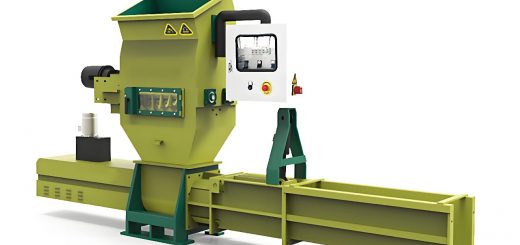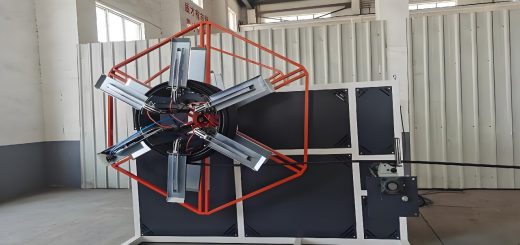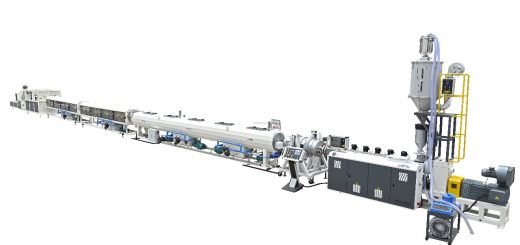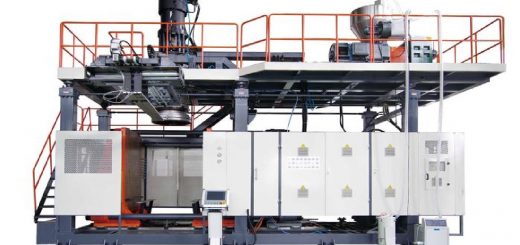What Are Grain Silos? Types, Benefits, and How They Store Crops Safely
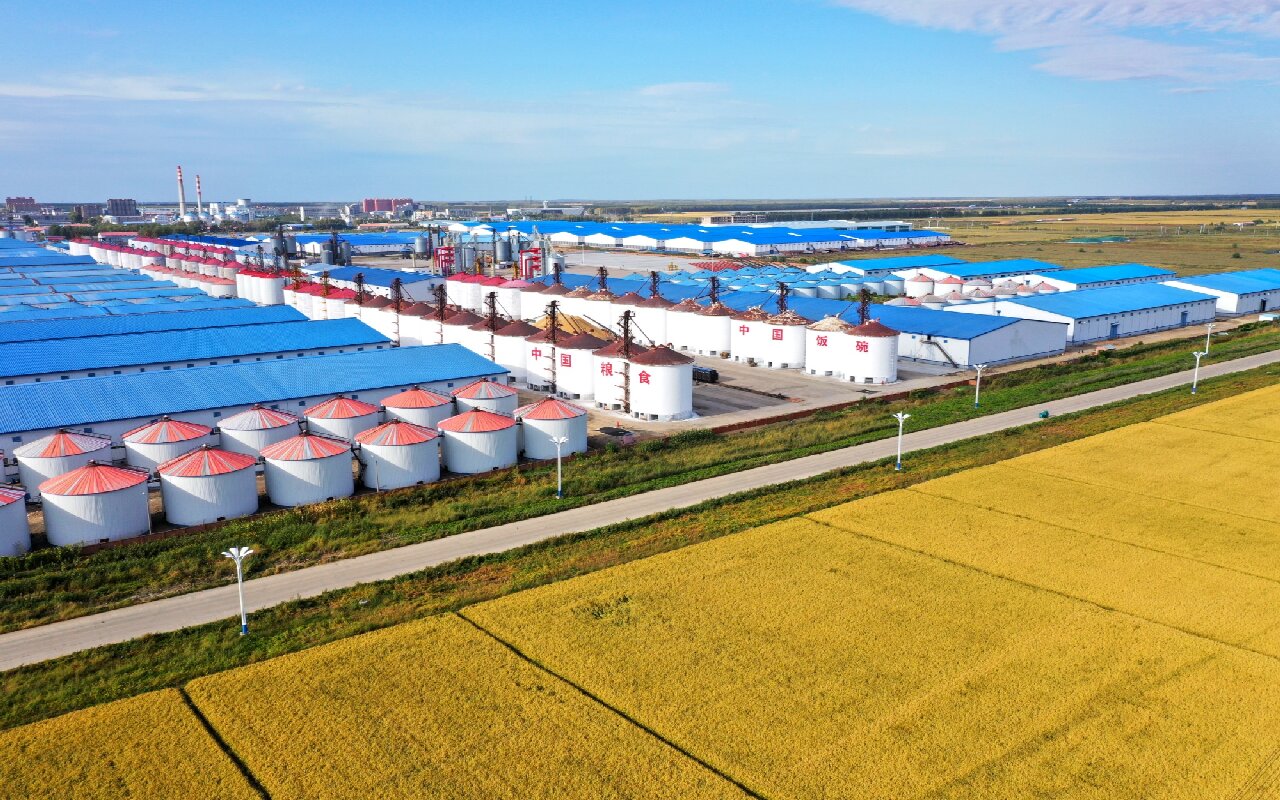
What Are Grain Silos?
A grain silo is a tall structure used to store bulk materials like wheat, corn, rice, or other crops. It keeps grains safe from weather, pests, and moisture. Silos are common on farms, in ports, and at food factories. They help farmers and businesses store large amounts of crops for long periods without spoilage.
Types of Grain Silos
- Steel Silos: Made from strong metal, these are durable and resist pests. They are easy to build and often used in large farms or factories.
- Concrete Silos: Heavy and long-lasting, these are ideal for storing grains for years. They are fireproof but expensive to build.
- Plastic or Fiberglass Silos: Lightweight and cheap, these suit small farms. They resist rust but may crack over time.
- Tower Silos: Tall and narrow, these use gravity to pack grains tightly. Common in cold climates.
- Bunker Silos: Short and wide, built on the ground. Used for temporary storage during harvest seasons.
Functions and Benefits
- Prevent Waste: Silos protect grains from rain, wind, rodents, and insects.
- Control Conditions: They keep grains dry with air vents or temperature systems to stop mold.
- Save Space: Vertical designs store more crops in less land.
- Economic Value: Farmers can sell grains when prices rise instead of right after harvest.
- Food Security: Silos ensure stable food supplies for communities or during emergencies.
Common Uses
- Farms: Store harvested crops before selling or processing.
- Food Factories: Hold raw materials for making flour, animal feed, or biofuels.
- Ports: Temporary storage for grains being shipped globally.
- Disaster Zones: Provide emergency food reserves after floods or wars.
How to Operate a Grain Silo
- Loading: Use conveyor belts or trucks to pour grains into the silo.
- Monitoring: Check moisture levels and temperature regularly. Add fans or heaters if needed.
- Preservation: Seal the silo tightly to block air and pests. Some silos use chemicals to kill insects.
- Unloading: Open the bottom valve to let grains flow out. Machines like augers help move grains quickly.
- Cleaning: Empty and wash the silo between uses to prevent contamination.



